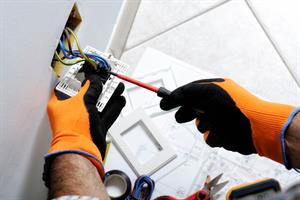
PUMPA - SMART LEARNING
எங்கள் ஆசிரியர்களுடன் 1-ஆன்-1 ஆலோசனை நேரத்தைப் பெறுங்கள். டாப்பர் ஆவதற்கு நாங்கள் பயிற்சி அளிப்போம்
Book Free DemoConductors
In an electrical circuit, the conducting wire, which is made up of metal, allows current to pass through them. Such types of materials are called as conductors.
The materials which allow the electric current to pass through them are called Conductors.
Example:
A human body, tap water, safety pin, coins and needle are examples of conductors.

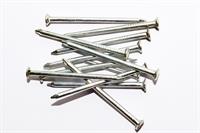
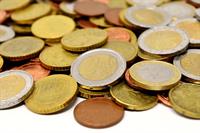
All metals are good conductors of electricity. Graphite, a non-metal used in pencil lead, is also a conductor of electricity.

Insulators
If we use cotton thread instead of copper wire in an electrical circuit, the current will not flow through the circuit. It is so because cotton is a poor conductor of electricity, and it does not allow current to pass through it. Such types of materials are called as insulators.
The materials that do not allow the electric current to pass through them are called insulators.
Example:
A rubber band, plastic pen, rubber, wood, glass, air and pure water are examples of insulators.

Uses of conductors and insulators
Conductors and insulators play a major role in electrical circuits. Sockets, electrical plugs and switches are made of conductors.
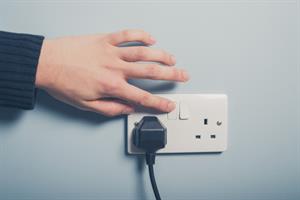
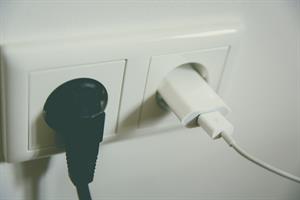
On the other hand, insulators such as plastics and rubber are used for covering switches, wires, plug tops, and other parts of electrical appliances.
Electrical Safety
The human body conducts electricity. Carelessness while handling electric devices can cause severe injuries. An electric shock may even lead to death.

Electricians wear rubber gloves to avoid electric shock while repairing electric switch. They also use screwdrivers and testers made of wood or hard plastic.
